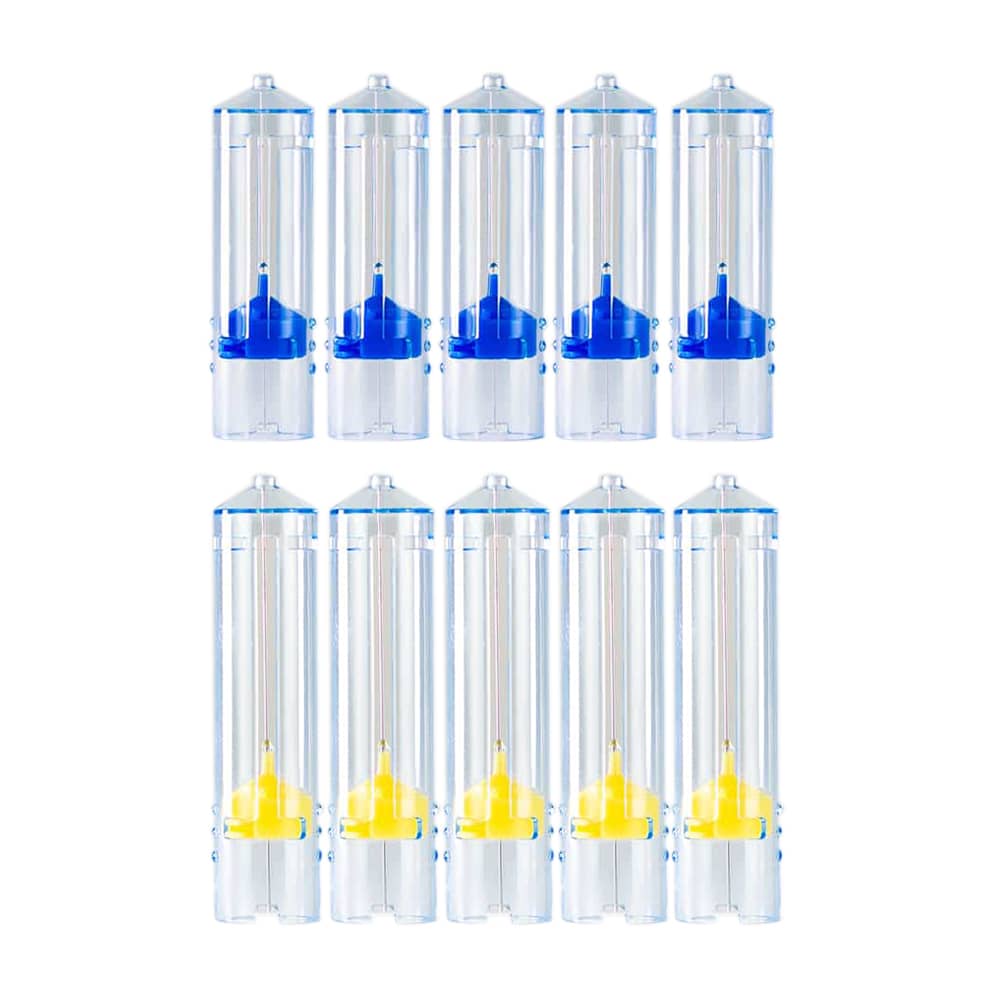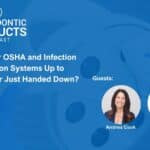Safe work practices have taken center stage during the pandemic. Rightfully so. Each dental office is unique. But each warrants infection protection measures after procedures to ensure safety for all hygienists. Here are the steps you can take after dental care is complete:
1. Remove gloves, gown, and mask first
Remove gloves and protective clothing. There should be a dedicated container closeby where you can discard both. Remember to discard disposable gowns after each use or launder cloth gowns after each use. Be sure to inspect reusable gowns from time to time. Ones like SimpleGOWN can be washed up to 50 times, which is great, but protection should come before saving a few cents.
When removing masks such as an N95 respirator, do not touch the outside of the respirator without wearing gloves. Grasp the lower strap first and bring it over the head, then grasp the top strap and bring it over the head holding the respirator away from the face and ready to discard.
For surgical masks, carefully untie the mask or unhook it from the ears. Then, and pull it away from the face. It’s important to not touch the front of any mask during removal.
2. Get some distance from the patient
If you can, exit the patient room. Hygienists should then perform routine hand hygiene by washing hands with soap and water for at least 20 seconds or using a hand sanitizer. Even after washing hands, it’s important to avoid touching your face, including eyes, noses, and mouths, until removing all Personal Protection Equipment (PPE).
3. Remove eye protection
If wearing a face shield, carefully remove it by grabbing the strap and pulling upwards and away from the head. Do not touch the front of the eye protection. Discard disposable eye protection after use. If using protective goggles, remove them using the side arms. Clean and disinfect reusable eye protection according to the manufacturer’s instructions prior to reuse.
4. Cleaning and disinfecting reusable dental instruments
When it comes time to clean the instruments:
- Pre-soak instruments. To help avoid debris such as blood from hardening. Experts recommend spraying contaminated instruments with a solution such as enzymatic spray gels to keep any buildup moist prior to cleaning.
- Clean before you steam. Before instruments go into the autoclave, all reusable instruments must be cleaned to remove all visible material. This can be done through ultrasonic cleaning, automated instrument washers, or if absolutely necessary, manually. (Manual cleaning is not recommended.)
- Dry instruments prior to sterilization. If you put instruments into a sterilizer wet, they’ll remain wet. That means the packaging will also get wet and increase the risk of Contamination.
- Package instruments. Do this with wraps or pouches prior to sterilization and use chemical indicators to ensure parameters inside the sterilizer are being met.

Ready to Try a Better Needle System?
Unlike traditional needles, the SimpleCAP needle promotes safety during assembly, usage, recapping, disassembly, and disposal. The result is a needle system that makes patients more comfortable, staff safer, and the delivery of care more efficient.











